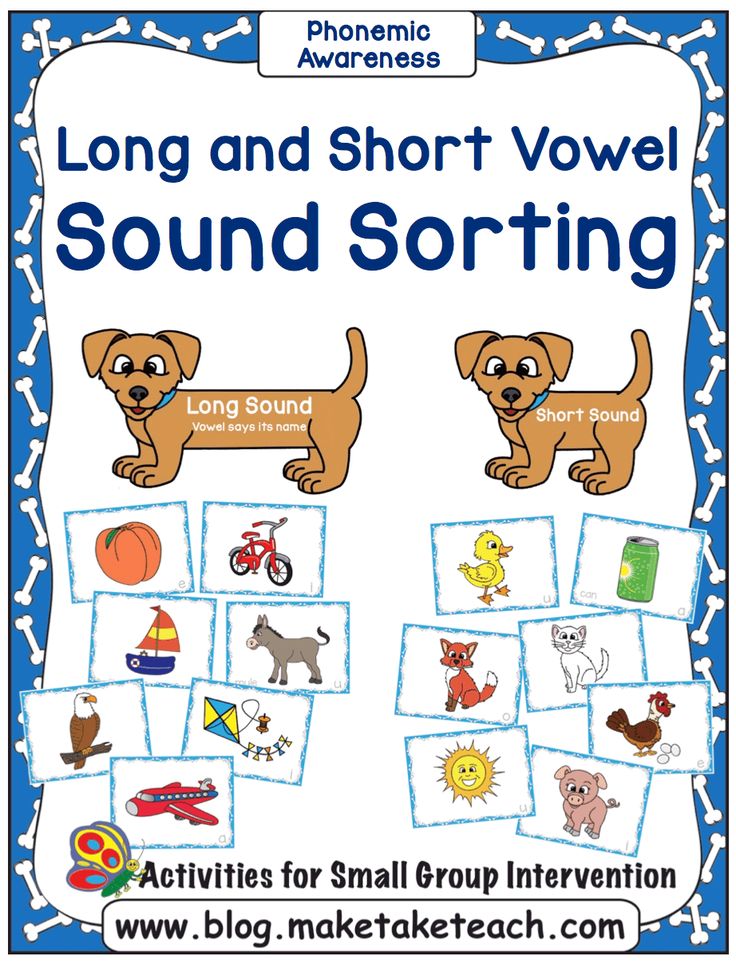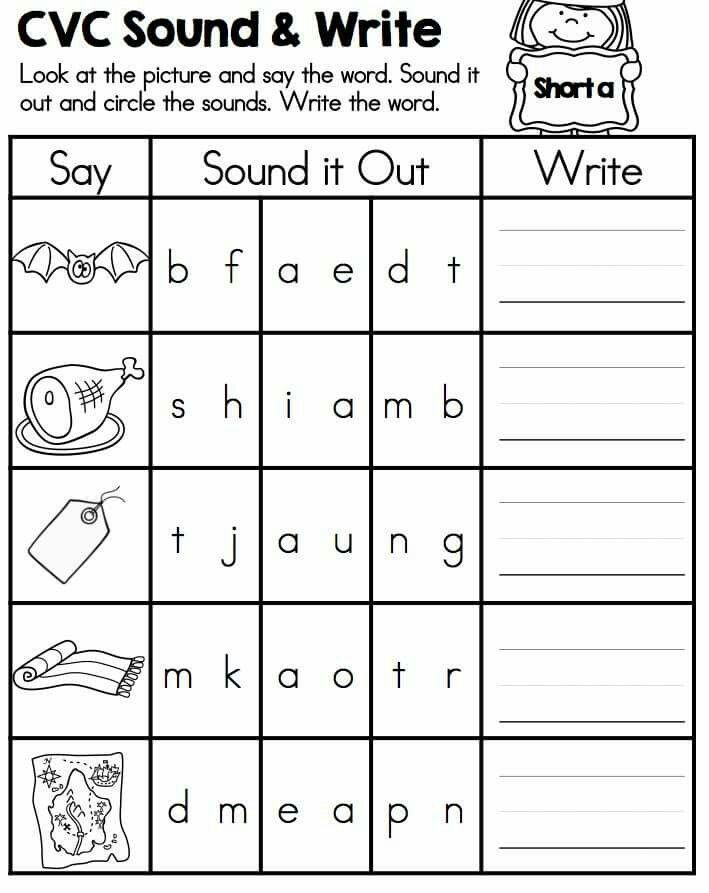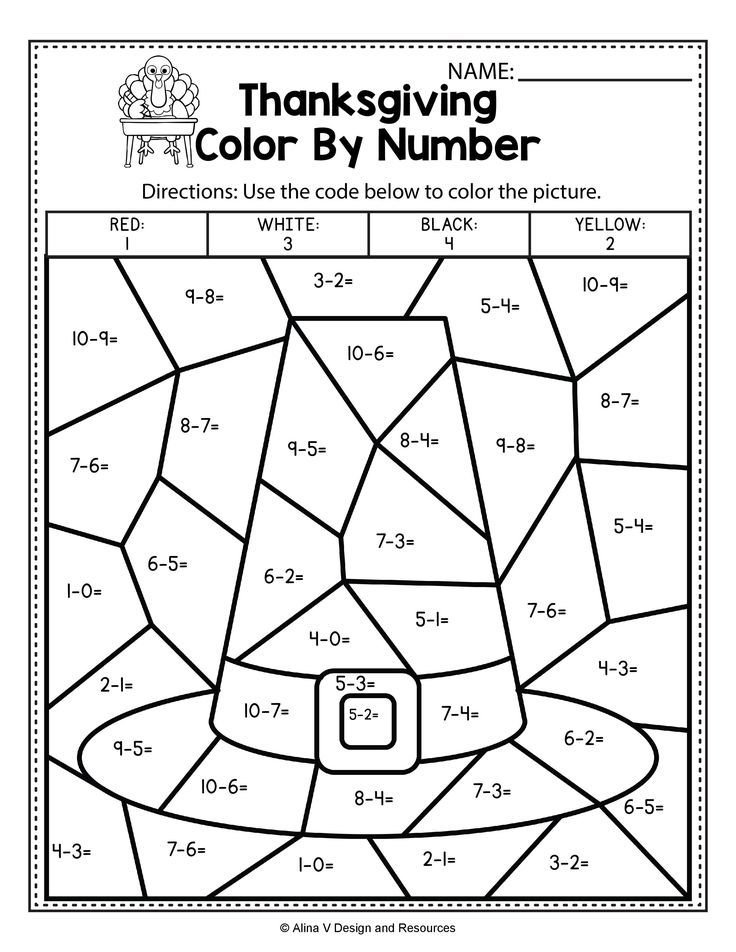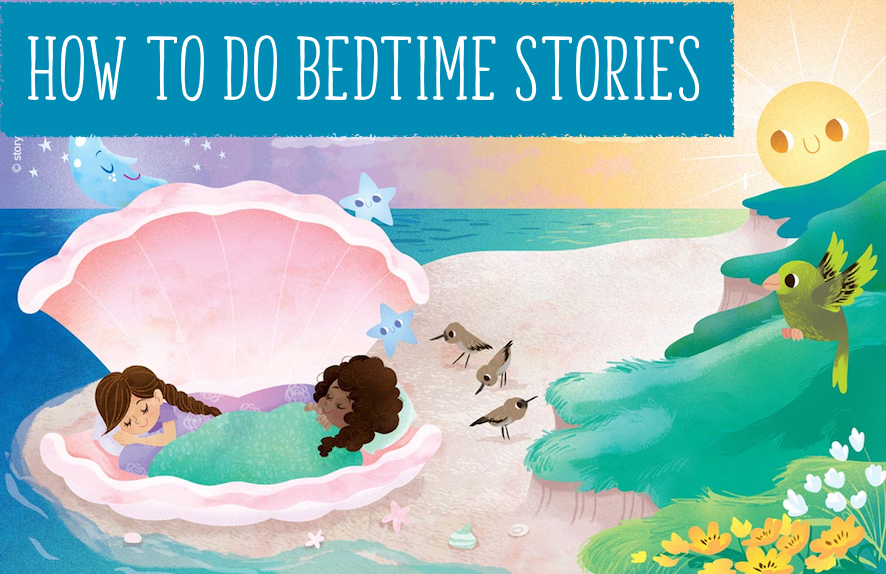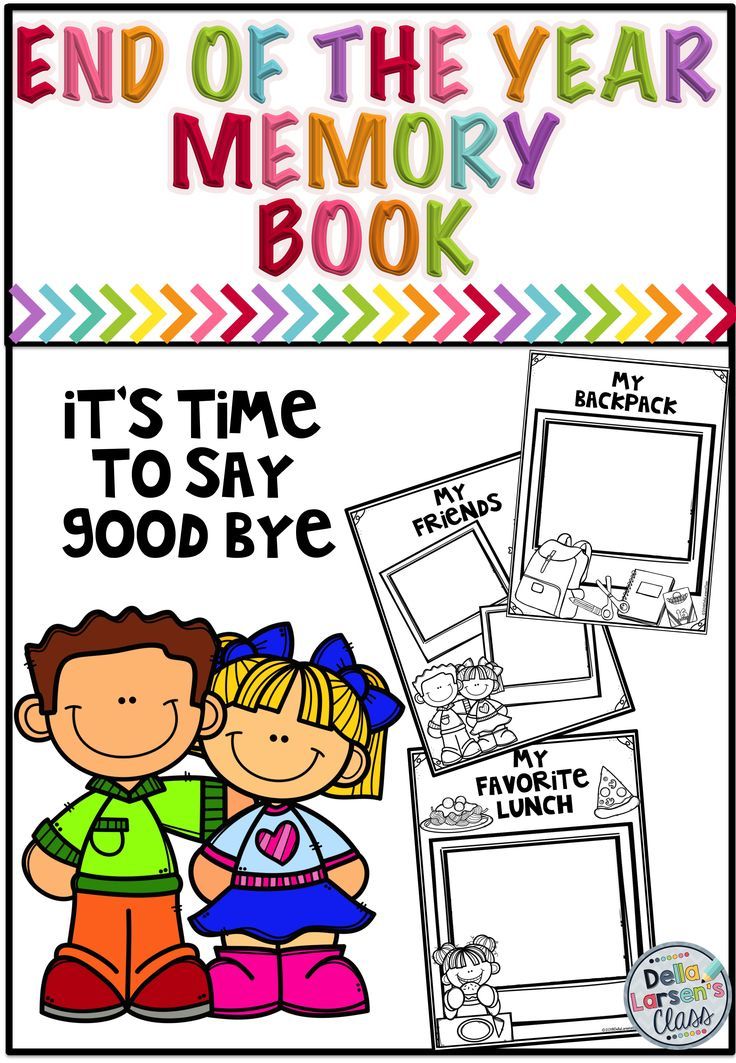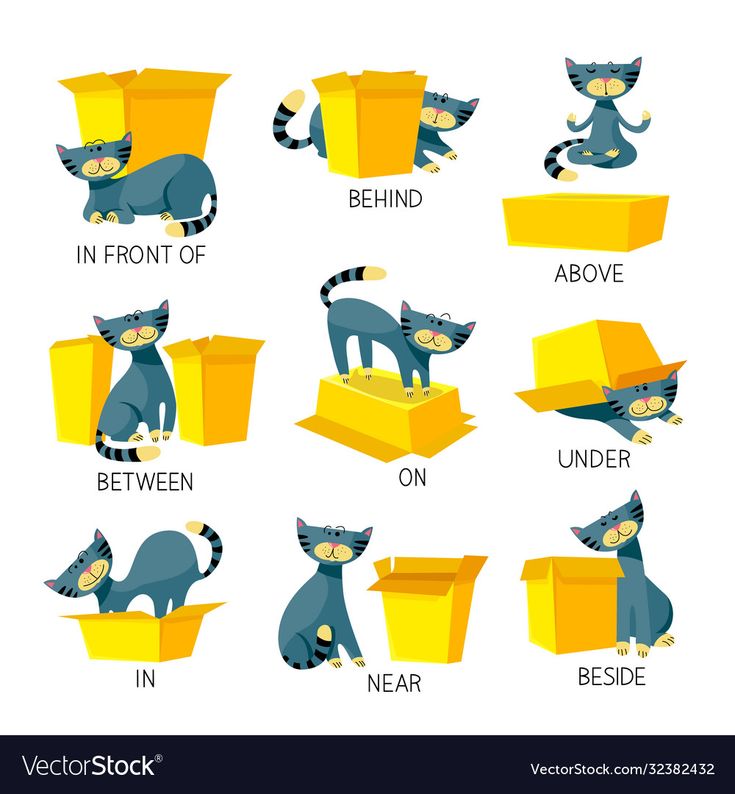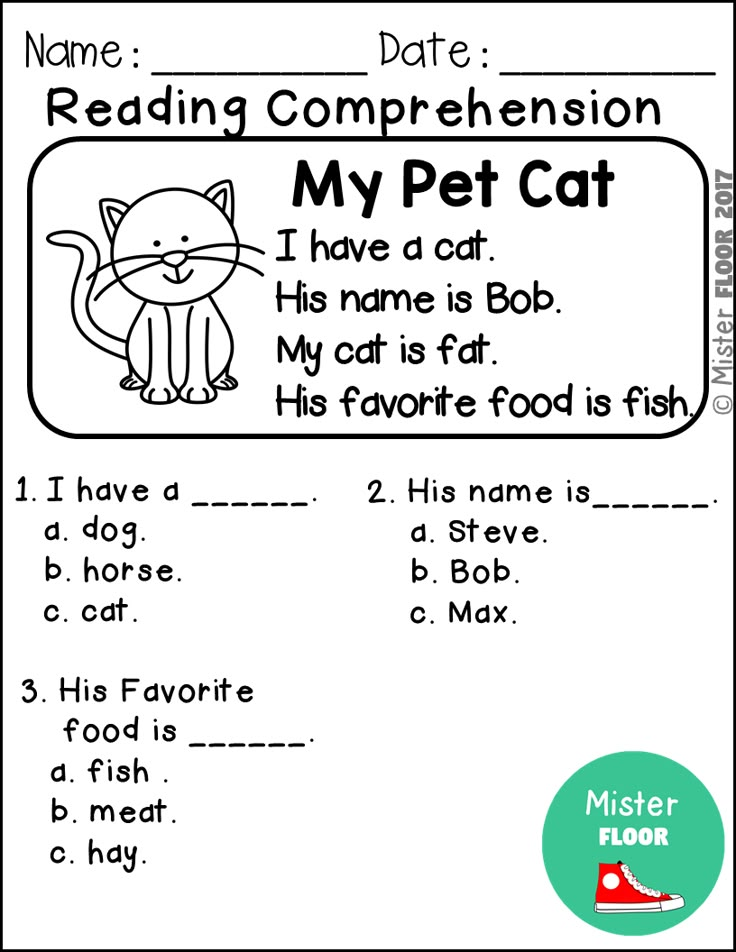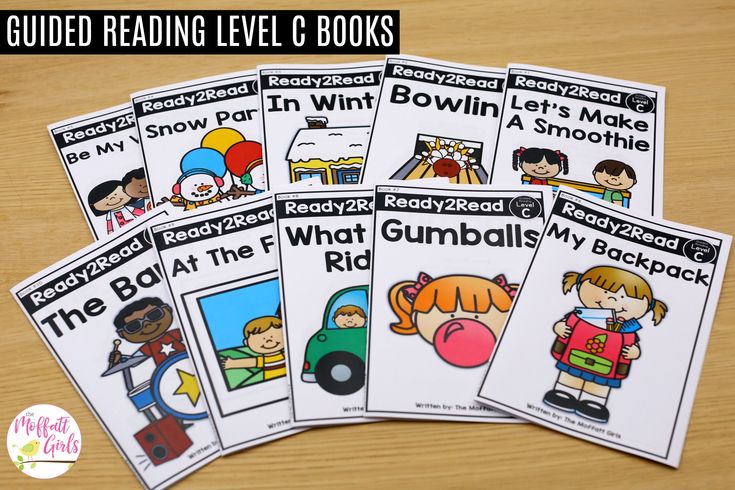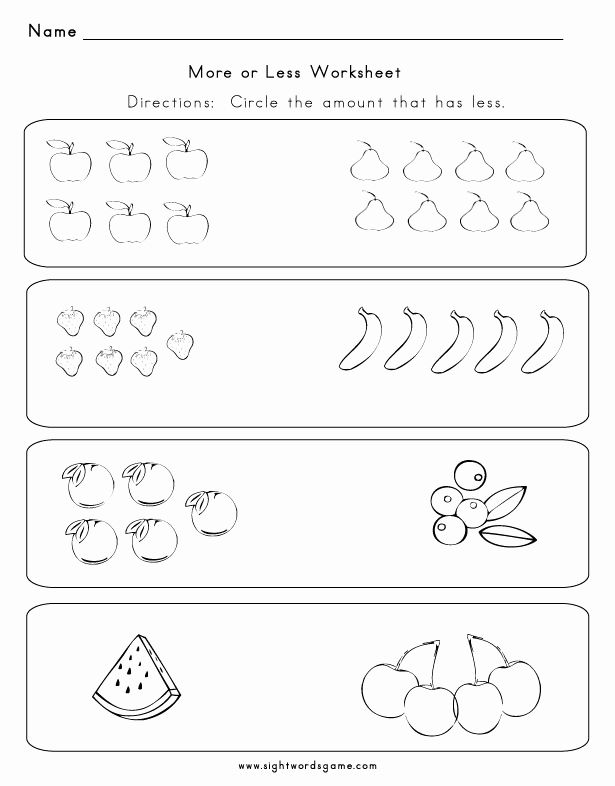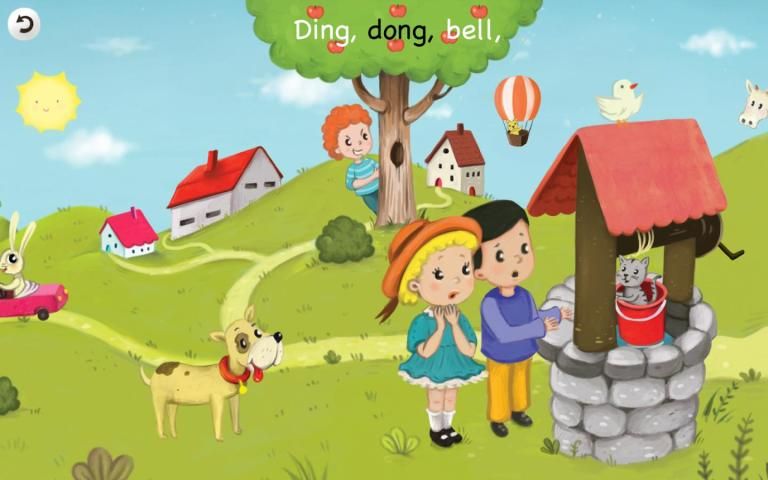What does this little piggy went to market
What Is the Story Behind This Little Piggy?
(Last Updated On: September 13, 2022)
You may remember a nursery rhyme by the name of This Little Piggy from your childhood. Like many similar stories told to young children, this one also incorporated farm animals. This Little Piggy is originally an English nursery rhyme, but has been told in different languages around the world.
The beginning of what we know today as This Little Piggy was originally incorporated in a 1728 melody called “The Nurse’s Song.” However, it was not until 1760 that the full version of This Little Piggy was published in “The Famous Tommy Thumb’s Little Story-Book”. Though the original author of the rhyme is unknown, it is usually attributed to fictional story-teller Mother Goose.
As is the case with any old nursery rhyme, there are bound to be alterations and different versions as time progresses. But this one has interestingly remained pretty much the same throughout its history, with typically only a word or two being changed.
The most common version of This Little Piggy goes like this:
Fingerplay and This Little PiggyThis little piggy went to market,
This little piggy stayed home,
This little piggy had roast beef,
This little piggy had none,
And this little piggy cried “wee, wee, wee” all the way home.
With the progression of time, one of the most popular activities to do when singing this nursery rhyme was incorporating each toe on a baby’s foot into the rhyme. This is a great example of fingerplay (toeplay?). The most common actions associated with each line of the story is as follows.
- This little piggy went to market – Wiggle the child’s big toe.
- This little piggy stayed at home – Wiggle the child’s second toe.
- This little piggy had roast beef – Wiggle the child’s middle toe.
- This little piggy had none – Wiggle the child’s fourth toe.

- And this little piggy went “wee, wee, wee” all the way home – This is the part of the rhyme when you tickle the bottom of the child’s foot.
The early years of development for young babies are crucial to their understanding of coordination and dexterity. A very common way of increasing a child’s ability to memorize and form coherent story-telling skills is through the act of fingerplays. This is when actions are added to a rhyme or poem to help a child further learn the words. Fingerplays have been used to teach reading, colors, and counting. The most common example is using the hand to count to ten.
Interested in learning about other nursery rhymes? Check out this quiz.
An Unexpected Interpretation?One of the things parents tend to leave out when telling nursery rhymes to their children is the potentially dark and dreary backstories behind them. In the case of This Little Piggy, it isn’t too hard to spot the darker interpretation.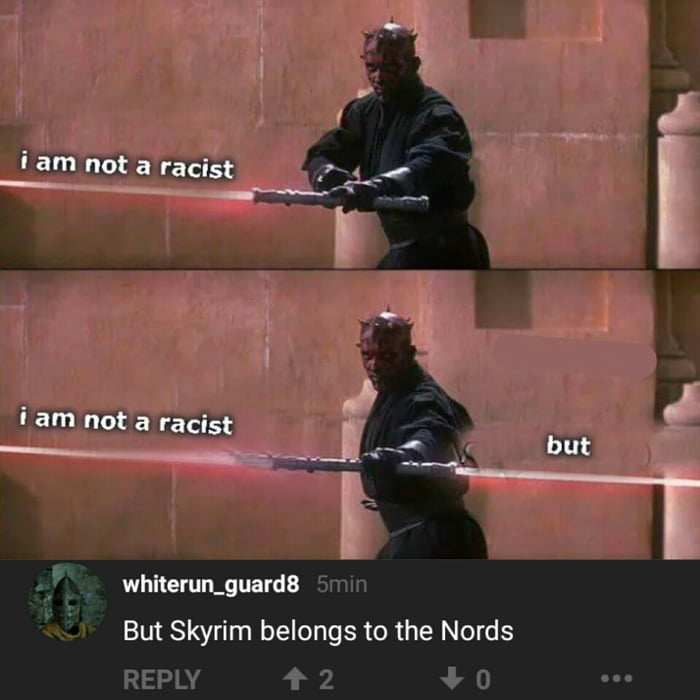
Think about a “piggy going to the market”. Some have interpreted this to mean that the pig is going to market for slaughter. Working off this then, the “little piggy staying home” refers to a pig not yet ready to eat, and that must stay home to mature. The “little piggy having roast beef” is about fattening a pig up, while the fourth “piggy that gets none” is too small to go to the market. And perhaps most dark, that final little piggy is not singing “wee, wee, wee”, but crying it in fright.
What an incredibly dark scene to play out on a child’s toes!
So, the question remains: is This Little Piggy an innocent rhyme to teach children about their extremities, or an ominous poem about pigs to slaughter? Considering some of the most famous nursery rhymes have a “darker interpretation”, the answer is most likely both.
Curious about where other nursery rhymes came from? Check out these articles.
- What Is the Story Behind Hickory Dickory Dock?
- What Is the Story Behind Hey Diddle Diddle?
Comments
comments
Behind the Meaning of the Children's Song “This Little Piggy” -
“This Little Piggy” may very well be the first song we hear and learn as children.
Whether using your fingers or your toes, the cute little song is sung to us early on as cooing parents bond with their newborns. Your pinky becomes a protagonist. Your index and ring fingers become players in the performance.
It’s enough to put a loving smile on the face of any infant.
And here we’ll dive into the meaning of teaching different roles in the song and its origins. So, without further ado, let’s do just that.
Origin Meaning“This Little Piggy” is an English-language nursery rhyme that is both sung and played with a child’s fingers or toes.
In 1728, the first line of the rhyme appeared in a medley song called “The Nurses Song.” And the first known full version was recorded in The Famous Tommy Thumb’s Little Story-Book, which arrived first in London in 1760.
In that version, the rhyme goes:
This pig went to market,
That pig stayed home;
This pig had roast meat,
That pig had none;
This pig went to the barn’s door,
And cried week, week for more.
[RELATED: Behind the Meaning of the Classic Nursery Rhyme “Jack and Jill”]
Evolution of the PiggiesThe ditty began to appear more and in evolved ways over the years. In 1922, the rhyme was included in Beatrix Potter’s illustrated book Cecily Parsley’s Nursery Rhymes.
Slight variations began to pop up in the late 18th and early 19th centuries. But it wasn’t until the mid-20th century that “little pigs” became “little piggies,” making the rhyme even more cutesy.
Today the most commonly known version goes:
This little piggy went to market,
This little piggy stayed home,
This little piggy had roast beef,
This little piggy had none,
This little piggy cried “Wee! Wee! Wee!” all the way home.
Using the above version of the song, parents often perform the rhyme using finger or toe play, each line corresponding to a different digit on the hand or foot, with a foot tickle done at the very end.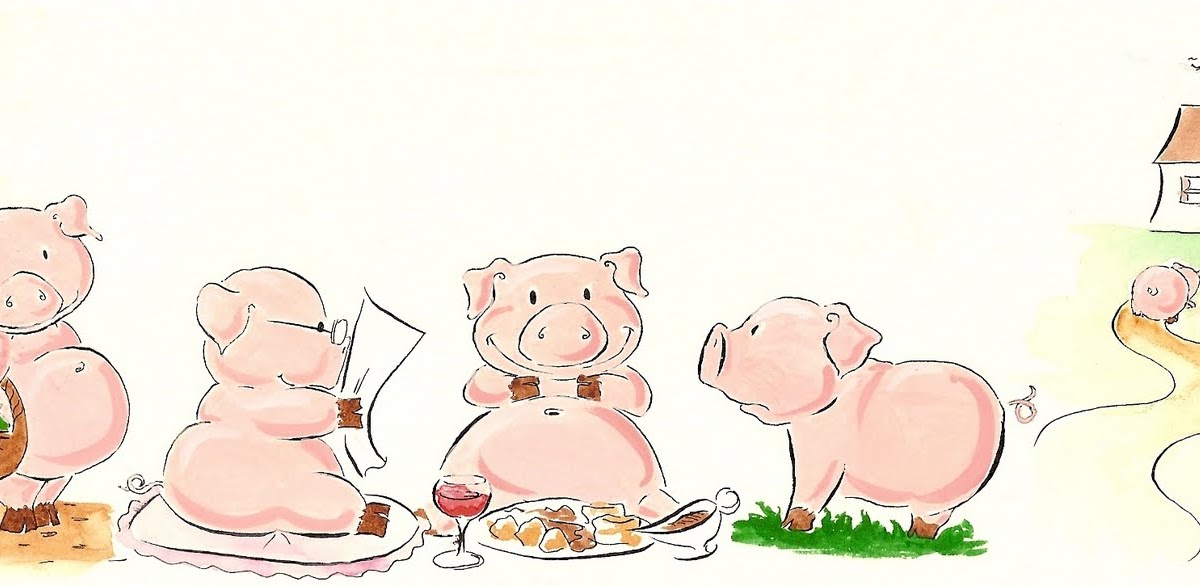
For example:
This little piggy went to market, (Wiggle the “big” toe)
This little piggy stayed home, (Wiggle the “long” toe)
This little piggy had roast beef, (Wiggle the “middle” toe)
This little piggy had none, (Wiggle the “ring” toe)
This little piggy cried “Wee! Wee! Wee!” all the way home. (Wiggle the “little” toe and tickle the bottom of the foot)
[RELATED: Behind the Meaning and History of the Nursery Rhyme “Three Blind Mice”]
Final ThoughtsThe nursery rhyme achieves several things at once.
First, it’s a fun, interactive rhyme that can bond parents and children. Second, the rhyme teaches very rudimentary counting and the understanding of individual fingers and toes. Third, the rhyme, which was the 8th most popular nursery rhyme in 2009, according to a survey done in the U.K., teaches about different roles. One piggy goes to the market. One piggy eats. One doesn’t.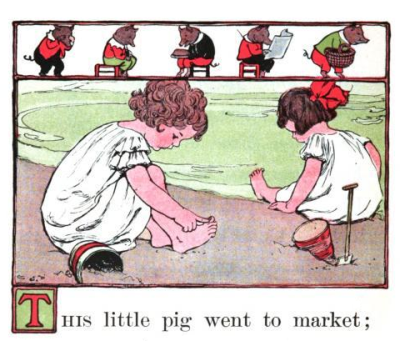 One goes home. These are all separate, individual actions, reinforcing the idea of individuality to young children.
One goes home. These are all separate, individual actions, reinforcing the idea of individuality to young children.
Photo by H. Armstrong Roberts/ClassicStock/Getty Images
This Little Piglet Went To The Market Stock Photos
fried photo brick pork dinner animal language Heat-Temperature color image for gourmets sides snout meat and alternatives farm animals holidays and celebrations Pets food and drink wall
ASSISTANT
thebug
DESCRIPTION
This bad pig has seen better days.

Similar images from iStock | Save Now
Similar Free Photos of
barbecue chicken skewer sauces
Grilled chicken
fried fried chicken chicken
Grilled chicken
chicken skewer barbecue grill
Grilled chicken
chicken full length Carving - Craft Activities
Wood carving grilled chicken
chicken salad skewer salad
Grilled chicken salad
chicken prepared potatoes dinner
Grilled chicken dinner with mashed potatoes
dinner menu starch
Fried chicken with sauce sauce.
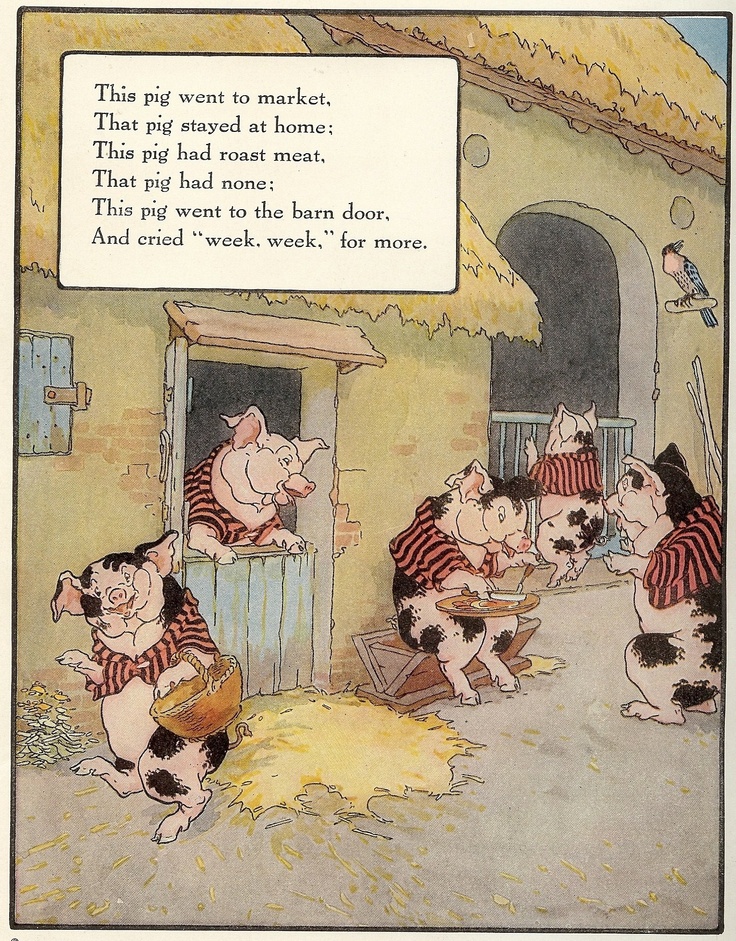
skewer Chicken - Bird cooking food
Roast chicken
skewer B-B-Q fried
Chicken roast
summer steel putty knife
Big Fork
Similar images from iStock | Save Now
Old Children's Stories: kid_book_museum — LiveJournal
?- Literature
- CANCEL
Maklokhlin Brothers
1892
9000
Old and Pyoden
This plot is repeated in many characters - someone from many and the protagonist goes to the next one with a request to punish the naughty one, and so on and so forth. In this case, it all started with a harmful pig....
History about five piglets (a rhyme that is told by bending children's fingers)
lived in a pigsty five piglets
Five piglets
lived in a pigsty five piglets of dicked dick dick 9000
One a pig went to the market
went to the market
went to the market
Another pig swept the pigsty
swept the pigsty
swept the pigsty
The third one prepared dinner for everyone
Hit lunch
Cold lunch
Four saw that the fifth is not
of the fifth no
fifth no
and the fifth road to the house was looking for
Roads searched for
and the fifth again for lunch was late
Enrages of Equal Pole 9000 9000 9000 9000
Old lady Trot and her cat0002
Little cat rhymes that grew up, went to the ball and all three married on one day . ...
...
House built
Mother Hubbard and her dog
The heroine of a nursery rhyme first published by the publisher J. Harris in The Comic Adventures of Old Mother Hubbrad and Her Dog (1805). In the preface to the book, Harris attributes authorship to the enigmatic S. C. M.; these initials are believed to be Sarah Catherine Martin (Martin; 1768-1826), who began working in the genre of children's limerick with the unwitting suggestion of MP J. P. Bastard, who accidentally dropped in her presence that "women are not good even to indulge in silly rhymes." Nevertheless, the name M. X. was found in English. literature long before the appearance of Harris's book: in "A Satire with the Name of Prosopopey, or Mother Hubberd's Tale" (1591) E. Spencer, the venerable heroine tells the tale of the fox and the monkey, and one of the cheap "folk" editions of 1604 that has not survived was entitled "The Story of Mother Hubbard" [Tale of Mother Hubbard]. Modern researchers associate the name of M. X. with St. Hubert, patron saint of hunting and hunting dogs. Be that as it may, Harris' book was sold in the amount of 10 thousand copies in a few months - a record circulation for those times - and gave rise to a huge number of imitations like "John Gilpin" (1806) of the same Harris, "Butterfly Ball" (1807) , attributed to C. Lam, and Lady Wiggins of Lee (1826) by R. S. Sharp.
Modern researchers associate the name of M. X. with St. Hubert, patron saint of hunting and hunting dogs. Be that as it may, Harris' book was sold in the amount of 10 thousand copies in a few months - a record circulation for those times - and gave rise to a huge number of imitations like "John Gilpin" (1806) of the same Harris, "Butterfly Ball" (1807) , attributed to C. Lam, and Lady Wiggins of Lee (1826) by R. S. Sharp.
She went to buy him some fruit, and when she came back he played the flute hat-cat)
Went to buy him a wig - and he dances a jig - wig-jig)
Ridiculous comic poem (limerick?)
Tags: publishing houses of foreign countries, books of the 19th century.
Subscribe
-
"Rumunski Narovy Kazy" (1956)
solid binding, enlarged format, Kiev, "Goloven", 190 pages, circulation of 80,000 copies of the illustration of Mikhail Innokentievich Ivanov, artistic .


